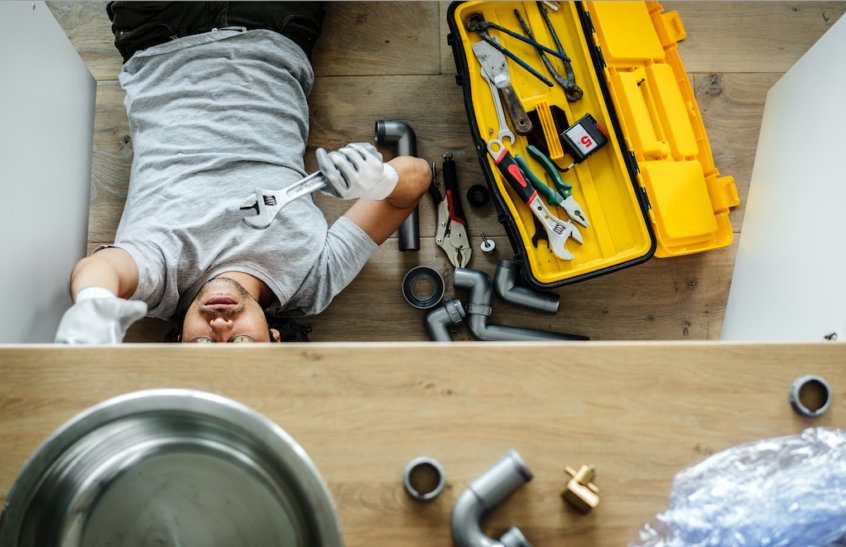A sewage backup is a nightmare for homeowners. More than just a mess, sewage backing up into your home or yard will end up causing thousands of dollars in repairs, potentially damaging floors, walls, electrical systems, furniture, and other belongings.
Summer is a common time when sewer systems experience failures. Get to know the common causes of sewer backups and how you can prevent them in your home.
Common Causes of Sewer Backup
- Aging sewage systems
- Combined pipelines
- Tree roots
- City sanitary main blockages
Properly Dispose of Grease
Don’t pour cooking grease or oil down the drain! Let it cool off and solidify, then throw it out with the trash, Grease in your drain will eventually cool, solidify, and can cause clogs.
Paper Products in Your Sewer
Along with grease, it’s important to understand which paper products will cause clogs. Anything other than toilet paper should not be flushed down your toilet. Paper towels, feminine products, diapers – even wipes labeled as “flushable” can cause clogs, major plumbing issues, and sewage backup.
Get to Know Your Sewer System
Did you know that a portion of the pipeline between your home and the city’s main sewer line (called your sewer lateral) is your responsibility to maintain? If it is cracked, deteriorated, or becomes clogged with tree roots, you could end up shelling out a pretty penny to make repairs. If your sewer is still made up of metal pipes, consider switching to plastic piping. Tree roots can’t break through the seams in plastic piping, and they are just as durable as metal options.
Older homes might still have outdated sewage connections that are actually illegal today. French drains, sump pump connections, and flood prevention systems that connect to your sewer might need updates depending on where you live. They cause debris and silt to clog your line and eventually lead to sewage backup.
Install a Backwater Prevention Valve
A backwater valve is installed onto the sewer line in your basement. It allows sewage to go out but does not let it flow back in. Should your sewage line experience any distress, a backwater prevention valve serves as a final line of defense.
Mother Nature can be unpredictable. Some home disasters, can’t be prevented. At Royal Renovations, our motto is, “When disaster strikes, we strike back.” Review our sewer system service options to handle possible sewer failure.

